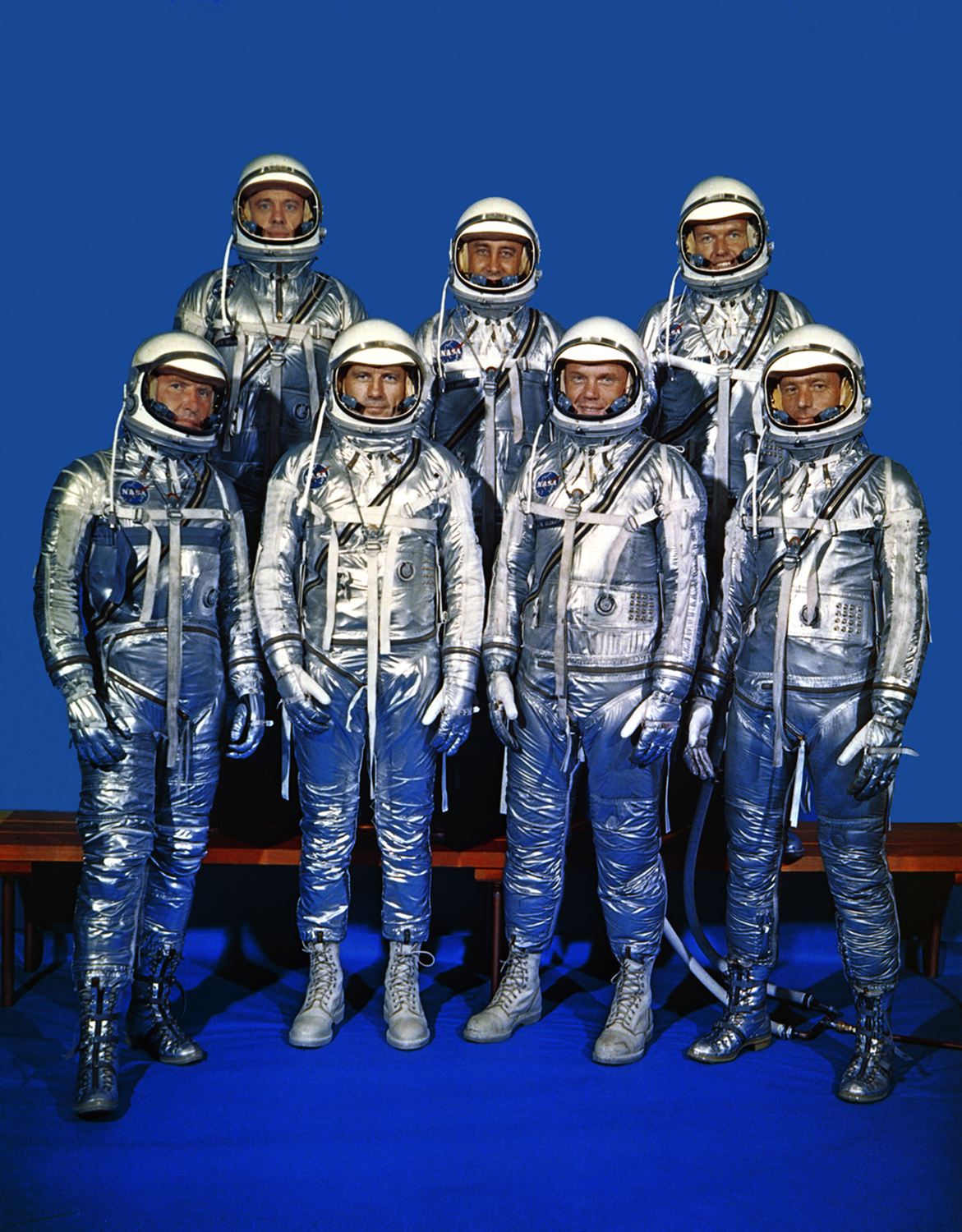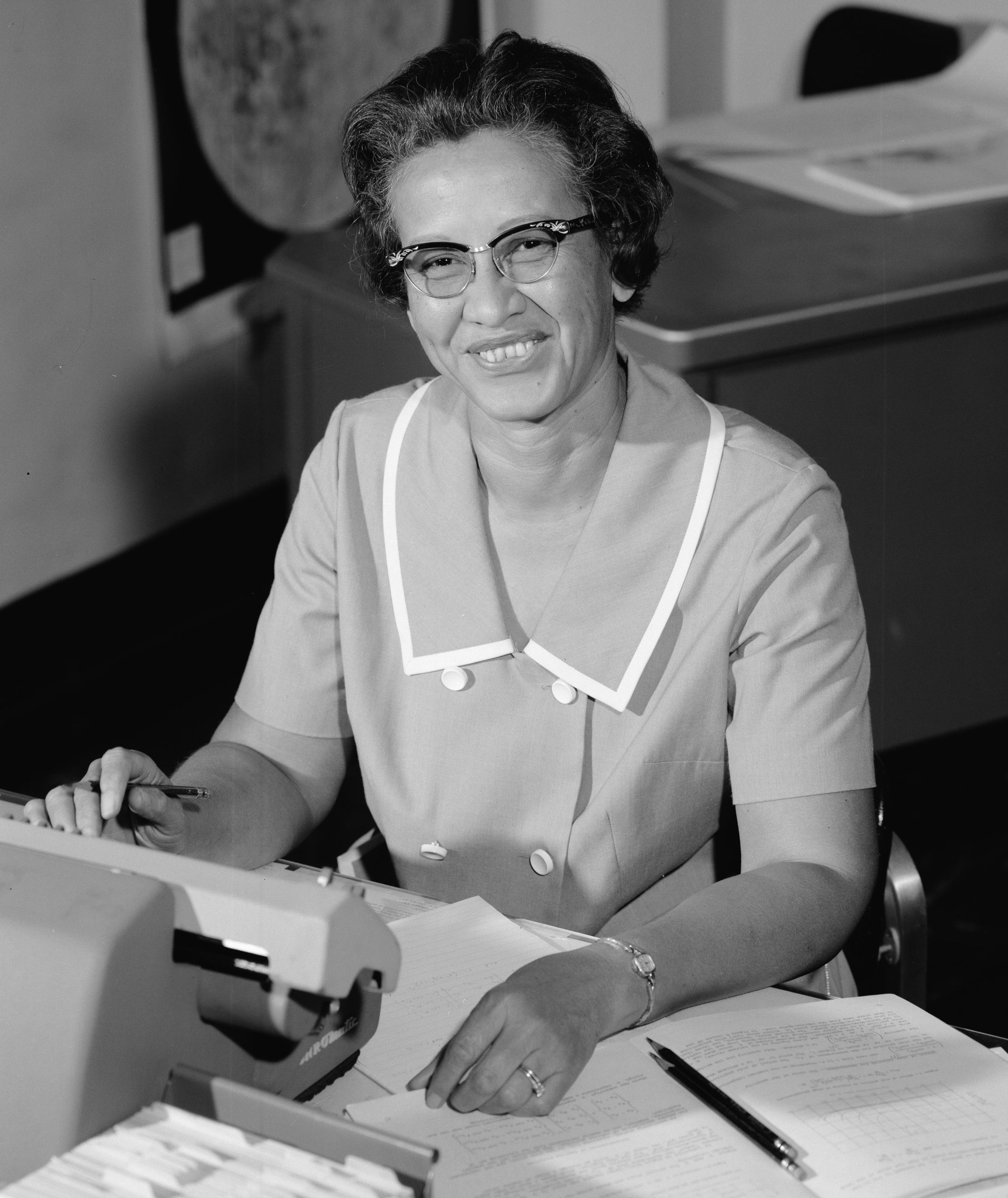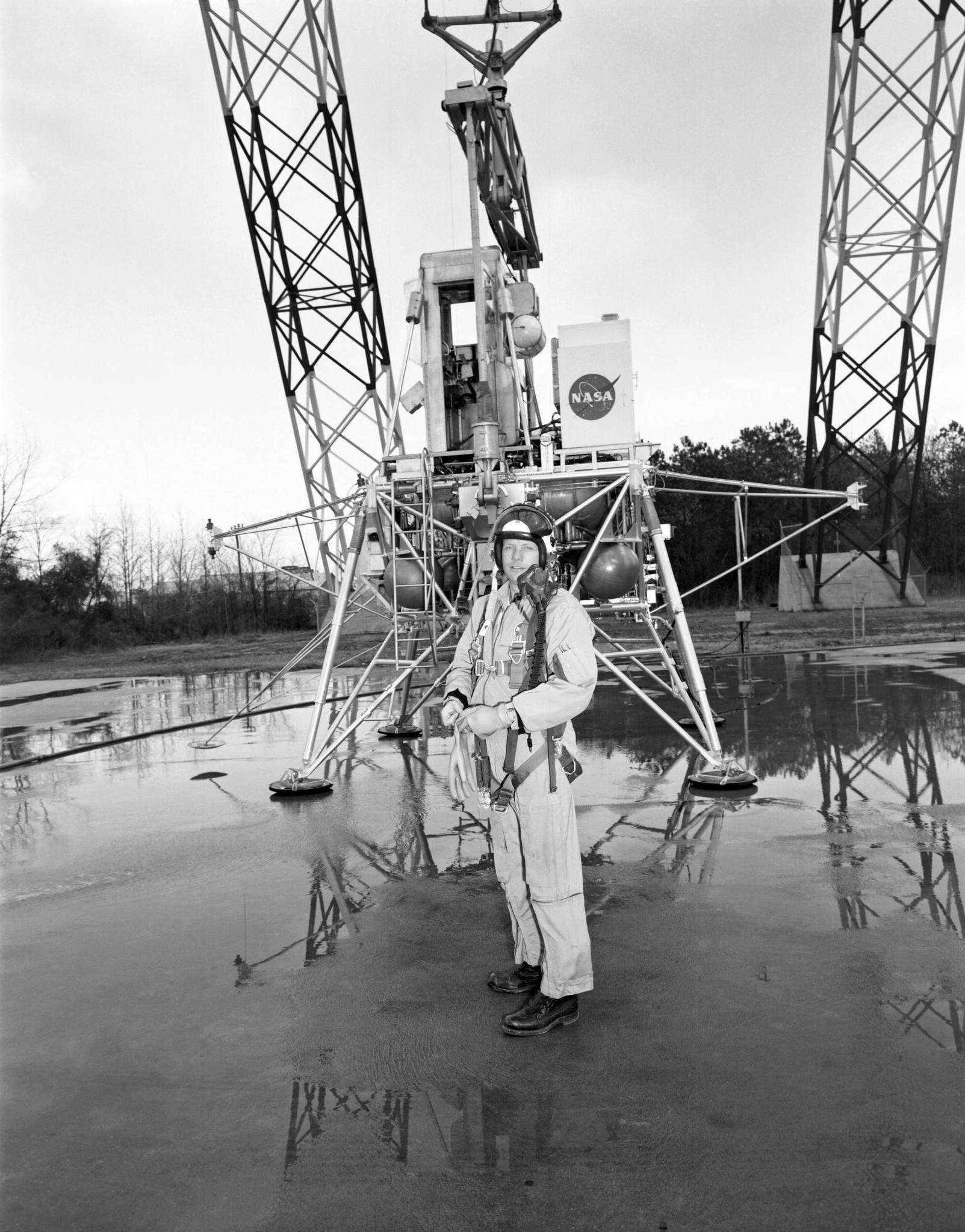No handheld, perpetually networked electronica. No social media. No 24/7 news. Little instant anything. The only immediacy was the vast Atlantic, where, if a launch went bad, dense population centers were protected. Surfside on Virginia’s secluded barrier islands was therefore the place for Langley rocketeers to practice their craft. And practice they did.
By the 1940s, Langley had set up shop on the Eastern Shore’s Wallops Island to explore the ins and outs of higher speeds. Even though nothing proved faster than rockets, getting them to work properly without exploding before or during launch was far from easy. That research was helped by secret studies on ballistic missiles that Langley was conducting for the military.
Eventually, certain missile types were repurposed to launch payloads and people into orbit. But success was hard-earned. Some 380 models were sacrificed in the name of rocket science, plunging to watery oceanic graves from 1947 to 1949. Despite all that was learned, despite all the technical progress, no American citizen had yet ridden a rocket, much less to orbit and beyond.
Just days after NASA’s official creation on October 1, 1958, a new organization was announced whose goal it was to establish the United States as a leader in space. Robert Gilruth was named to lead the Space Task group, a 36-person nucleus around which the entire U.S. human spaceflight program condensed. Langley remained the group’s headquarters until the 1962 formation of the Johnson Space Center in Houston, Texas.
Gilruth’s group waded through a host of thorny technical issues, chief among them how to design a heat shield to protect astronaut-carrying capsules from burning up during re-entry. Astronaut training areas would have to be developed and built: what today are called simulators. Of course, major priorities remained: rockets, rockets, rockets. Which ones? In what configurations? How big or how small?
Space from Scratch
Project Mercury, so named after the fleet-footed Roman god of commerce, answered those questions, finally boosting U.S. astronauts into the Space Race. Development and launch of “Little Joe” and “Big Joe” test rockets were crucial first steps, carrying dummy payloads and prototype capsules during suborbital flights, and confirming that a capsule mated to a rocket could safely separate and splash down in the sea.
And Langley’s small-rocket program, Scout, proved critical to understanding reentry aerodynamics for manned space missions.
Safety was, as it today remains, a principal consideration in sending any human orbital. Engineers checked and rechecked the Mercury escape rocket and recovery systems. Little Joe flights sent two Rhesus monkeys, Sam and Miss Sam, into space to assist potential astronaut health risks. Langley’s Project FIRE — short for Flight Investigation Reentry Environment — also investigated the intense heat of atmospheric reentry and its effects on would-be spacecraft materials
Calling home from space simply wasn’t possible until Langley researchers stepped up and created a global communications system to maintain constant radio touch with the Mercury astronauts. It was the foundation of NASA’s Mission Control Center, where managers even now keep tabs on numerous spacecraft and satellites.
On May 5, 1961, Alan Shepard was the first American to fly Mercury capsule Freedom 7 into space on board a Redstone rocket developed by the U.S. Army. During the program’s third flight, Friendship 7, boosted by an Atlas rocket, John Glenn became the first American to orbit Earth. By May 1963, six Mercury missions had successfully concluded, blazing a trail for the Gemini and Apollo programs to come.
Astronaut City
As astronauts stepped into the national limelight, behind the scenes, flesh-and-blood number crunchers played a major role in enabling space-mission achievement. Langley’s “human computers” analyzed and vetted complex aerospace data, work originally done by engineers, freeing them to devote attention to other research aspects. During and immediately after wartime, most human computers were female.
One notable example is Katherine Johnson, who completed the trajectory analysis for Alan Shepard’s Freedom 7 mission and verified the orbital equations controlling the trajectory of the John Glenn’s Friendship 7 capsule from blastoff to splashdown, calculations that later helped sync Project Apollo’s lunar lander with the moon-orbiting command and service module.
But the stars who took shone brightly on center stage were the seven Mercury astronauts: Air Force captains L. Gordon Cooper Jr., Virgil I. “Gus” Grissom, and Donald K. “Deke” Slayton; Navy aviators Lt. M. Scott Carpenter, Lt. Comdr. Alan B. Shepard Jr., and Lt. Comdr. Walter M. Schirra Jr.; and Marine Corps Lt. Col. John H. Glenn Jr. All arrived in Hampton, Virginia to train at Langley.
Six of the seven moved into the area with their families, save for Glenn, who stayed in military base quarters and commuted to his home in Arlington, Virginia, on weekends.
Langley engineers with knowledge in reentry physics, astronomy, and celestial mechanics and navigation educated the astronauts in graduate-level space sciences courses. The “Mercury 7” were put through spaceflight simulation systems and techniques to familiarize them with the Mercury capsule and to evaluate their effectiveness with the capsule control systems.
Scuba-diving operations were designed to simulate weightlessness and the types of sensory disorientation the 7 might experience during reentry. In Langley’s large hydrodynamics tank and in the Back River behind Langley’s East Area, the astronauts also learned how to exit the space capsule as it floated in the water.
A March 17, 1962 celebration honoring the Mercury 7 involved more than 30,000 shouting and flag-waving residents (swelling to 10 and 20 people deep in some places) who lined a 25-mile motorcade route through the cities of Hampton and Newport News.
A more permanent tribute came when Hampton renamed two boulevards and six bridges: Mercury and Commander Shepard for the former, and Shepard’s colleagues for the latter.

Moonbound
The biggest prize, though, hung in the night sky for all to see. If President John F. Kennedy’s 1961 vow before decade’s end to “land a man on the moon and return him safely to Earth” was to be realized, new technologies and approaches were essential. Enter Langley engineer John Houbolt and colleagues, who introduced the lunar orbit rendezvous (LOR) concept.
Although initially met with skepticism, LOR was eventually adopted by NASA leadership, enabling the Apollo Program to fulfill Kennedy’s vision as the Eagle lunar excursion module touched down on the moon on July 20, 1969.
One of Langley’s most notable achievements during this period was the design and management of the Lunar Orbiter project. Third in a series of NASA-sponsored programs designed to choose the most suitable landing spot, Lunar Orbiter photographed nearly all the moon’s surface in a series of spectacular closeups. Some of the lunarscapes of the far or “dark” side had never before been seen by the human eye.
Langley assumed key roles in both the Gemini and Apollo programs. Astronauts trained in Langley’s Rendezvous Docking Simulator, practicing procedures necessary to a lunar landing.
Twenty-four astronauts — including Neil Armstrong, the first human to walk on the moon — practiced touchdowns at Langley’s Lunar Landing Research Facility, where overhead cables supported five-sixths of the weight of a full-size model lander, and thrust was provided by a working rocket engine.
Part of the landing facility was the Reduced Gravity Simulator, which was attached to an overhead, lightweight trolley track. There, suspended on one side by a network of slings and cables, an astronaut’s ability to walk, run, and perform the various tasks required during lunar excursions was evaluated.
Armstrong offered what was perhaps the greatest tribute to the importance of his Langley training in Apollo 11’s success. When asked what it was like to land on the moon, he replied: “Like Langley.”





























